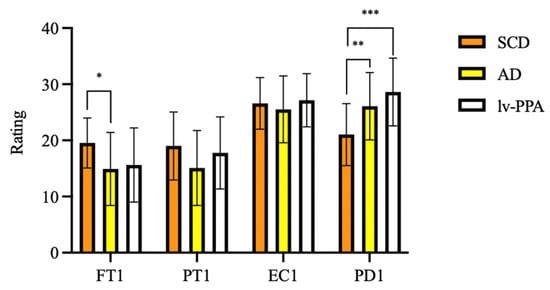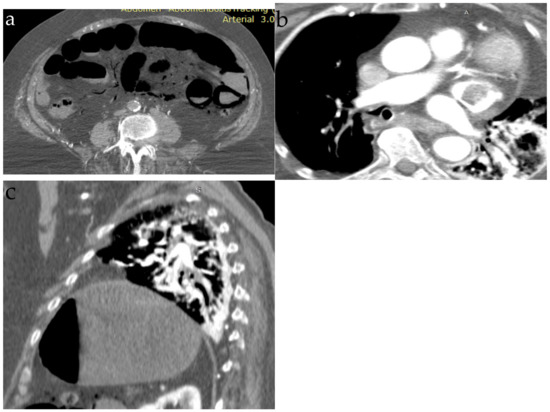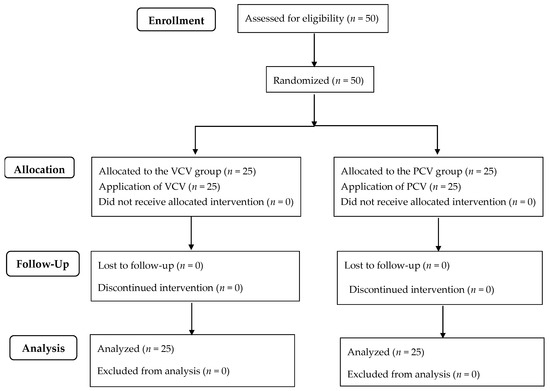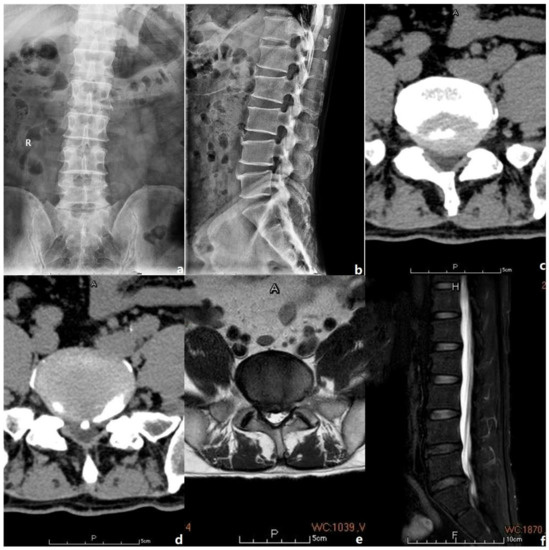J. Pers. Med. 2023, 13(2), 209; https://doi.org/10.3390/jpm13020209 - 25 Jan 2023
Cited by 3 | Viewed by 2965
Abstract
►
Show Figures
Background and aims: Regional muscle distribution is associated with abdominal obesity and metabolic syndrome. However, the relationship between muscle distribution and nonalcoholic fatty liver disease (NAFLD) remains unclear. This study was to determine the relationship between regional muscle distribution and the risk and
[...] Read more.
Background and aims: Regional muscle distribution is associated with abdominal obesity and metabolic syndrome. However, the relationship between muscle distribution and nonalcoholic fatty liver disease (NAFLD) remains unclear. This study was to determine the relationship between regional muscle distribution and the risk and severity of NAFLD. Methods: This cross-sectional study ultimately included 3161 participants. NAFLD diagnosed by ultrasonography was classified into three groups (non, mild, and moderate/severe). We estimated the regional body muscle mass (lower limbs, upper limbs, extremities, and trunk) through multifrequency bioelectrical impedance analysis (BIA). The relative muscle mass was defined as the muscle mass adjusted for the body mass index (BMI). Results: NAFLD participants accounted for 29.9% (945) of the study’s population. Individuals with a higher lower limb, extremity, and trunk muscle mass had a lower risk of NAFLD (p < 0.001). Patients with moderate/severe NAFLD had a lower muscle mass of the lower limbs and trunk than patients with mild NAFLD (p < 0.001), while the muscle mass of the upper limbs and extremities did not differ significantly between the two groups. Moreover, similar results were found for both sexes and among different age groups. Conclusions: A higher muscle mass of the lower limbs, extremities, and trunk was negatively associated with the risk of NAFLD. A lower muscle mass of the limbs and trunk was inversely associated with the severity of NAFLD. This study provides a new theoretical basis for the development of individualized exercise prescriptions for the prevention of NAFLD in non-NAFLD patients.
Full article











